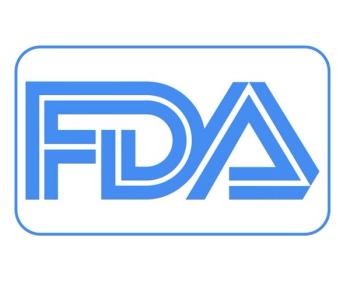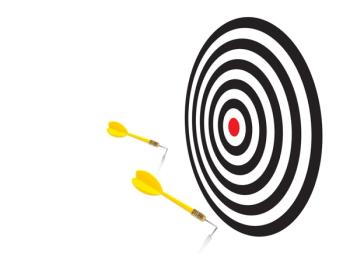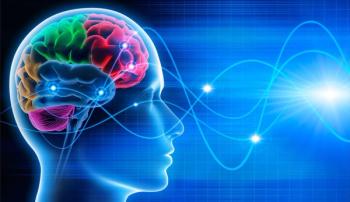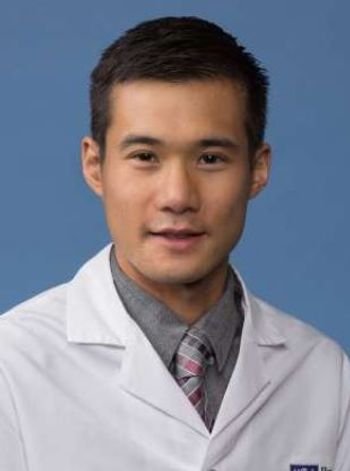
Stimulating New Treatments for your Headache Patients
Neuromodulation to treat migraine and other primary headaches is proven effective in clinical trials and may be an option for your patients looking for drug-free relief.
Dr McAllister is Medical Director at the
----------------------------------
I'll start this month's migraine update with a brief quiz.
Which of the following has/have been approved by the Food and Drug Administration (FDA) for the acute treatment of migraine?
A. Sumatriptan
B. Cefaly device
C. Gammacore
D. Spring TMS
E. All of the above
Answer: If you picked E, All of the Above, kudos to you, you’re ahead of the class.
For those who looked at options B, C, and D and wondered what language they were reading, read on, since a new wave of stimulating headache therapies have hit the market in the last few years, and more are coming.
As these devices increase in popularity, the well-informed primary care physician, after reading this article, will be in the know.
The International Neuromodulation Society defines neuromodulation as the alteration of nerve activity through targeted delivery of a stimulus, such as electrical stimulation or chemical agents, to specific neurological sites in the body.
The idea that electricity could be harnessed to treat pain is not new. In the year CE 47 Scribonius Largus advocated fish electrotherapy when he wrote, “To immediately remove and permanently cure headache, a live black torpedo (electric ray) is put on the place which is in pain, until the pain ceases and grows numb.” Indeed, the Greek word for electric fish is narka, as in narcotics.
In 1760 Benjamin Franklin used electric therapy to treat his rheumatism, writing about it in Experiments and Observations of Electricity Made at Philadelphia in America.
From the late 1950s to 1980s functional neurosurgeons used destructive lesions (such as dorsal rhizotomy) for intractable pain, but by the 1990s the idea of stimulation of neural tissue gained a foothold. Early attempts at neuromodulation, such as deep brain stimulation (DBS) for intractable cluster headache were invasive and associated with a not insignificant degree of morbidity and mortality. Newer neuromodulation devices, mostly non-invasive, offer efficacy with little in the way of adverse events.
So far, four non-invasive neuromodulation devices have been approved by the FDA for treatment of primary headache disorders (summarized in
Cefaly comes in three models: ACUTE, DUAL, and PREVENT, with costs between $349 and $499 to purchase.
A TMS device
Spring TMS is rented at a monthly cost of about $200.
Monthly rental charges are several hundred dollars.
Most recently, the FDA in May 2019 approved
Nerivio will be launched in the US later in the year.
Consider neuromodulation for your patients who require treatment of primary headaches but would prefer a drug-free method. These devices are safe, well-tolerated, and proven effective in double-blind, placebo-controlled studies. (See
Neuromodulation for headache is a burgeoning field worth knowing about, and can lead to stimulating doctor-patient discussions (pun intended).
Where does neurostimulation act?
Think of the following pain pathway: sensory pain fibers in the meninges, the face, jaw and sinuses, as well as upper cervical sensory afferents all synapse in the trigeminal nucleus caudalis (TNC) in the brainstem.
Second order neurons then ascend and hit the thalamus (as well as a few other structures like the periaqueductal gray [PAG]), and third order nerves climb yet again to the cortex, where pain is fully processed.
So, starting from the top, transcranial magnetic stimulation (TMS) effects the cortex and thalamocortical circuits, while DBS stimulates the PAG.
Supraorbital nerve stimulation (SNS) modulates facial pain signals into the TNC.
Curled deep behind the nose, the sphenopalatine ganglion (SPG) is a pain superhighway into the TNC, which can be stimulated.
The occipital nerves take posterior cervical sensory information into the TNC, and the vagus nerve, as it courses through the anterior neck, synapses on the TNC and other pain depots such as spinal trigeminal nucleus, nucleus ambiguous, and the nucleus of the solitary tract.
Newsletter
Enhance your clinical practice with the Patient Care newsletter, offering the latest evidence-based guidelines, diagnostic insights, and treatment strategies for primary care physicians.

















































































































































































































































































